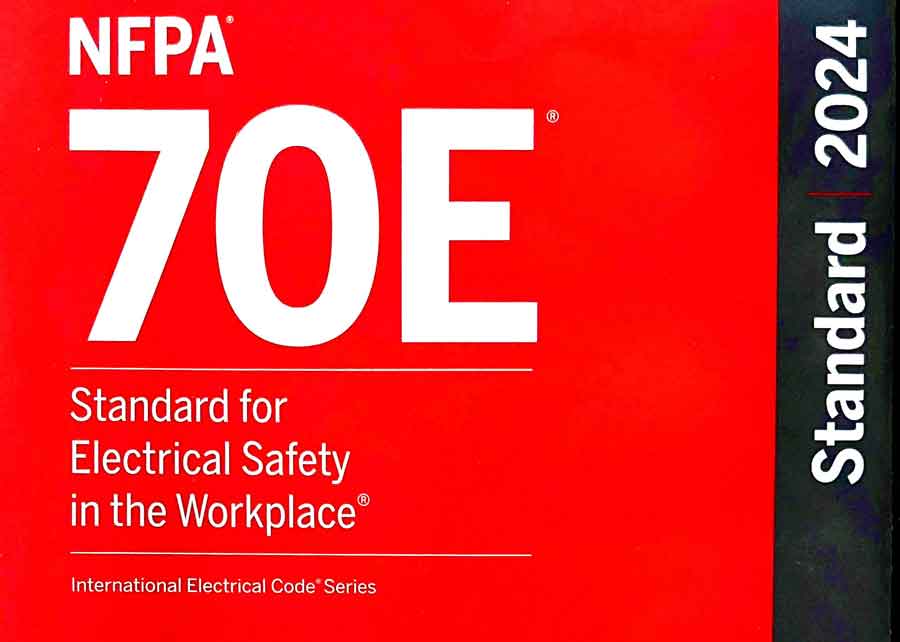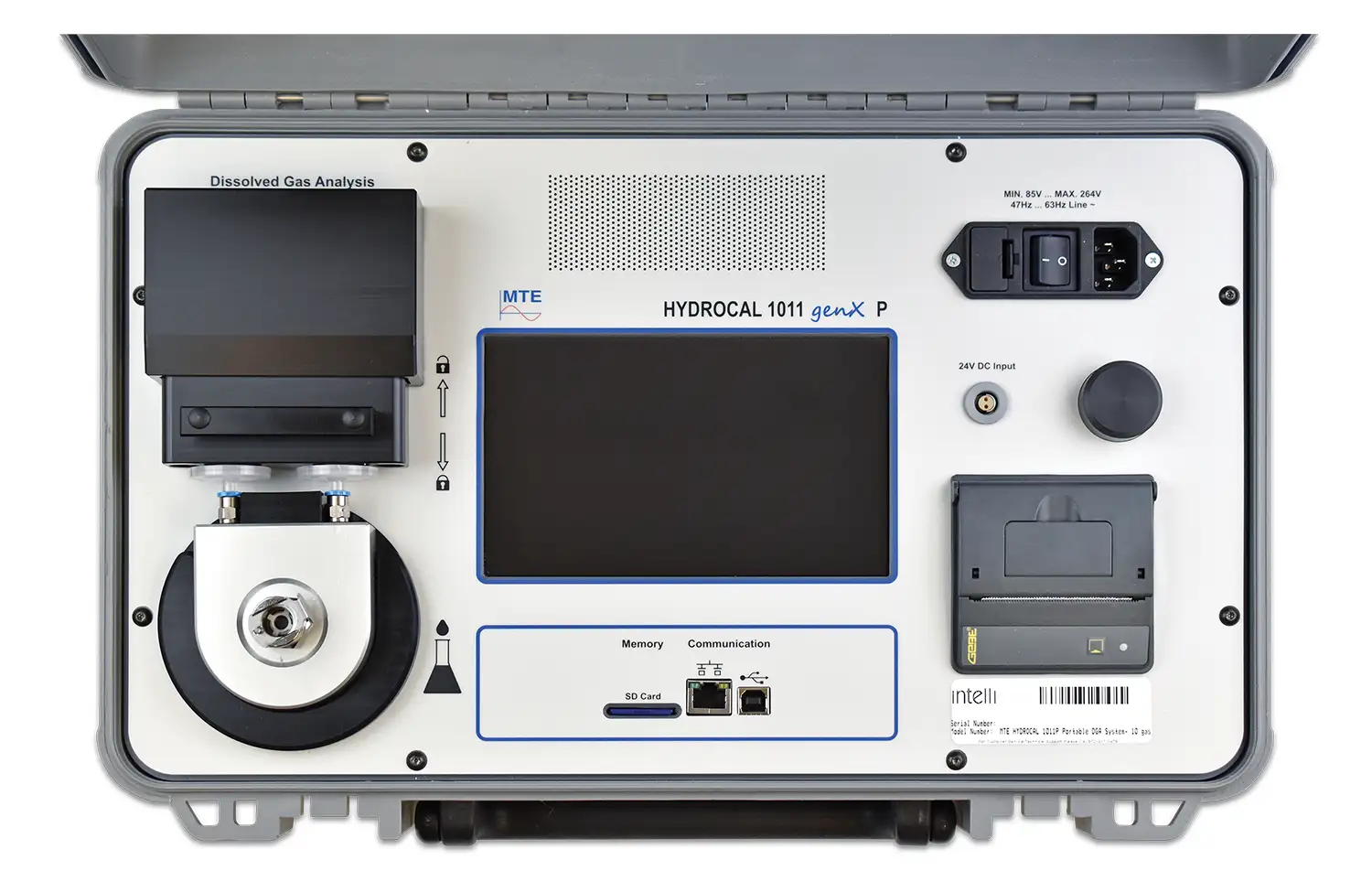Continuous Load Explained

VFD Training
Our customized live online or in‑person group training can be delivered to your staff at your location.

- Live Online
- 12 hours Instructor-led
- Group Training Available
Download Our NFPA 70E Fact Sheet – 2024 Electrical Safety Edition

- Understand how NFPA 70E works with NEC and NFPA 70B standards
- Clarify the shared responsibility between employers and employees
- Learn how NFPA 70E supports OSHA compliance
Continuous load refers to an electrical load expected to run for three hours or more. It requires special consideration in circuit design to prevent overheating and ensure safe, efficient operation.
What is Continuous Load?
Continuous load refers to electrical systems or circuits that are expected to operate at their maximum current for at least three hours, such as lighting, HVAC, and industrial equipment.
✅ Requires derated circuit capacity for safety and code compliance
✅ Affects wire sizing, breaker rating, and load calculation
✅ Defined in NEC for proper electrical system design
Electric Motor Testing Training
Request a Free Training Quotation
In practical terms, a continuous load refers to consistently managing current levels to prevent overloading or overheating, which can damage components and create hazards. Electrical professionals must understand continuous load requirements because they directly affect how they size conductors, choose circuit breakers, and comply with safety codes. By accurately calculating and designing for long-duration loads, electricians can ensure safer, more efficient installations that meet industry standards and prevent costly equipment failures. Understanding electric motor control is essential when designing circuits for constant loads, as precise regulation helps prevent overheating and equipment failure.
Defining Continuous Load
Continuous load, in electrical terms, refers to a situation where the maximum current is expected to remain constant for a minimum of three hours. This definition, specified in various electrical codes, is integral to the design and protection of circuits. For example, according to NEC 210.20(A), circuits that supply these types of loads must be rated to handle at least 125% of the maximum current. This “125 of the continuous” rule is essential to prevent overheating and ensure the durability of electrical systems. In systems running continuously, like HVAC or industrial motors, electric motor protection ensures safe operation by detecting excessive current draw over time.
FREE EF Electrical Training Catalog
Download our FREE Electrical Training Catalog and explore a full range of expert-led electrical training courses.

- Live online and in-person courses available
- Real-time instruction with Q&A from industry experts
- Flexible scheduling for your convenience
Key Considerations for Continuous Load Applications
| Aspect | Explanation | Related Code/Standard |
|---|---|---|
| Definition | Load expected to run at maximum current for 3+ hours | NEC 210.20(A) |
| Conductor Sizing Rule | Must be sized to carry 125% of continuous load current | NEC 210.19(A) |
| Breaker Rating Rule | Circuit breakers must also handle 125% of continuous load | NEC 210.20(A) |
| Examples of Applications | HVAC, lighting, industrial machinery, heating systems | Industry-standard usage |
| Derating Practice | Breakers rated for 80% operation must not exceed 80% of ampacity in continuous load scenarios | NEC guidelines and UL 489 |
| Design Implications | Affects wire gauge, breaker selection, and enclosure temperature ratings | NEC, manufacturer specs |
| Common Synonyms | Sustained load, constant load, steady-state load | Used interchangeably in field |
Importance in Circuit Design
Electrical professionals must account for both consistent and non-consistent demands when designing circuits. Branch circuits, for instance, must manage the highest expected current without exceeding the ampacity of the conductors. For sustained load situations, conductor sizing is critical. This calculation involves adding 125% of the demand, ensuring the branch circuit can safely manage all possible conditions. This approach safeguards against conditions where the load is "expected to continue" at high levels for extended periods.
Code Requirements and Safety Standards
Adherence to code requirements, such as those found in NEC 210.19(A), is necessary to maintain system safety. This code requires that branch circuits supplying sustained loads have conductors with an ampacity at least equal to the load they serve, adjusted as necessary to account for any continuous demand. For systems with high ongoing demands, the “maximum current is expected” calculation becomes central to selecting both circuit breakers and conductor sizes, as these must manage not only standard operating conditions but also prolonged current flow.
Continuous vs. Simultaneous Demand
Continuous load differs from a simultaneous demand in several ways. While continuous types focus on duration, simultaneous demands involve multiple electrical needs operating concurrently. Simultaneous loads are essential for understanding peak demand across systems, but continuous loads are about sustained performance over time. This distinction is essential in industrial settings, as both load types contribute to energy demand and system capacity. Choosing the right variable frequency drive is crucial for managing continuous load applications that require steady speed and torque control. VFD sizing directly affects system efficiency and must be matched to expected continuous current to avoid derating or premature failure.
Practical Applications
These considerations are vital in various industrial settings. For instance, steady-state load is common in HVAC systems, lighting, and certain types of industrial machinery. By accurately determining load requirements, electrical professionals can choose appropriate breakers and protect against overloads. This is particularly useful for heating systems, where conductor sizes are calculated based on anticipated continuous demand. Understanding electric motor control is essential when designing circuits for continuous loads, as precise regulation helps prevent overheating and equipment failure.
Another application of constant load is in systems where circuit breakers are rated for continuous operation at up to 80% of their capacity. This rating ensures breakers do not operate beyond safe limits even under prolonged use. Calculating loads to remain within 80% capacity is a proactive step toward energy efficiency, as it balances power usage with system longevity. For facilities operating under long-term demand, proper electric motor maintenance helps extend motor lifespan and ensures stable continuous performance.
Continuous demand calculations form a foundational part of electrical engineering, ensuring the safe, efficient operation of electrical systems. By understanding code requirements and calculating conductor sizes based on maximum loads, electrical professionals can prevent system failures and extend equipment lifespan. Knowledge of constant load empowers electricians to create systems that meet rigorous safety standards, ultimately protecting both workers and equipment. Professionals looking to optimize systems for sustained use can explore efficiency opportunities through motor maintenance to reduce energy waste and enhance reliability.
Related Articles







